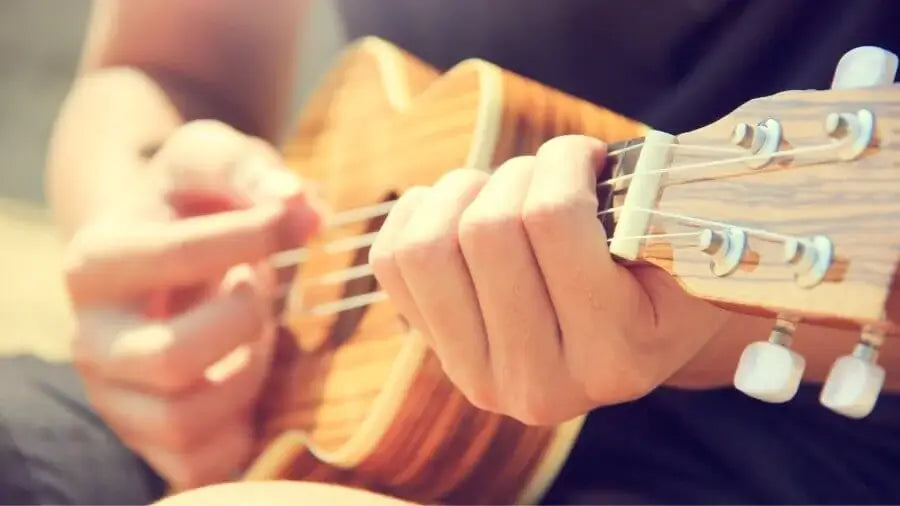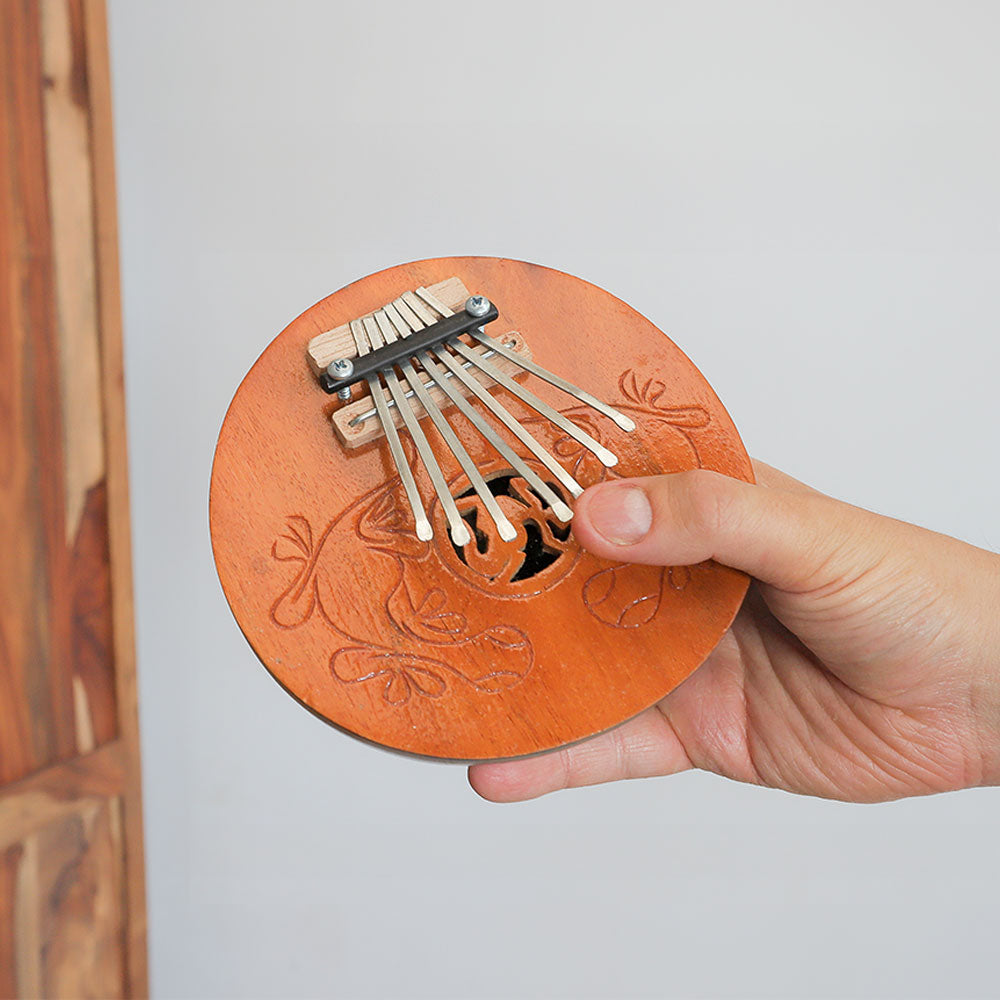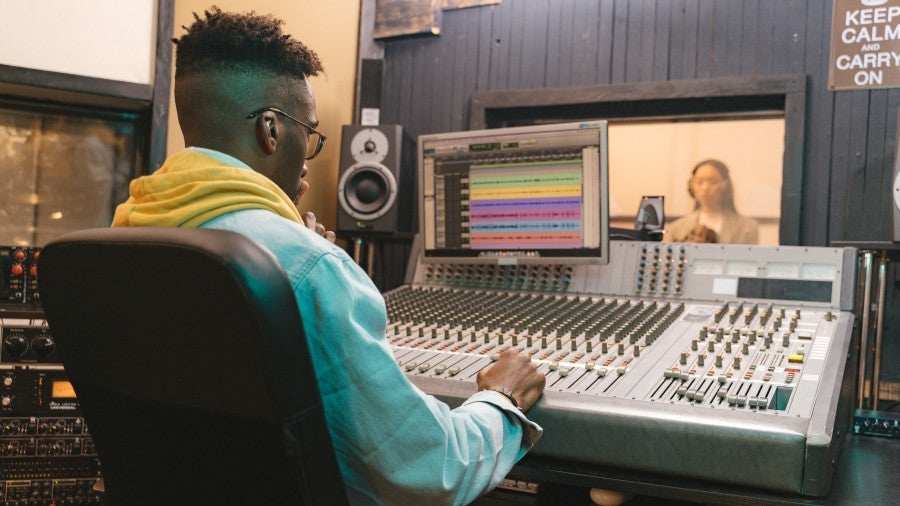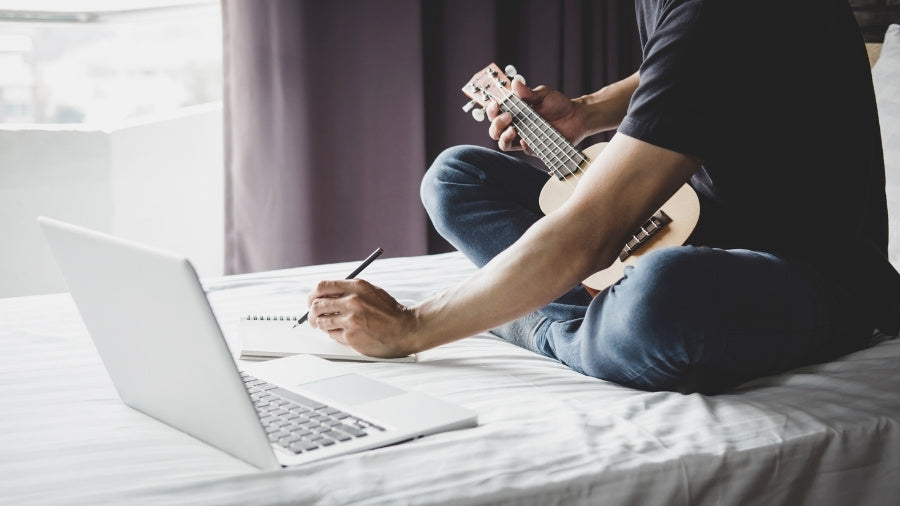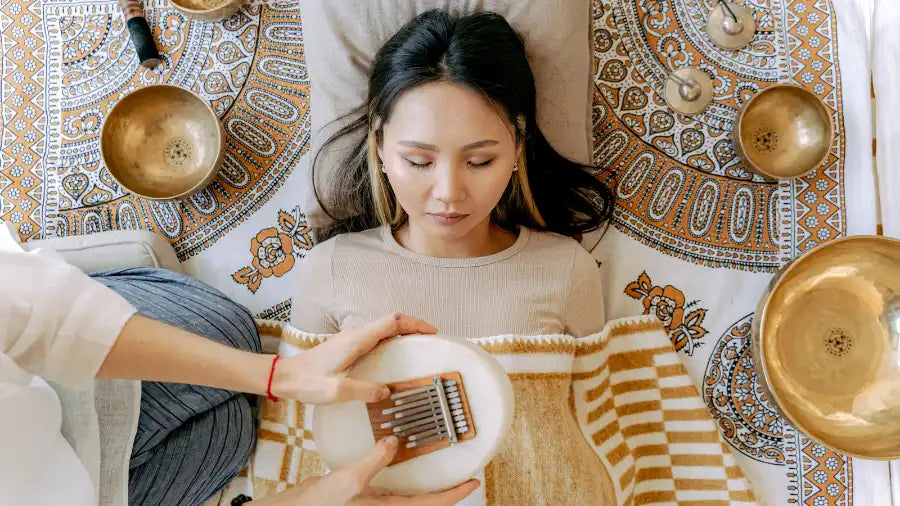Welcome to ukulele lessons for beginners, featured here is a series of lessons that are suitable for absolute beginners. If you can play a little bit of ukulele then this video likely isn’t for you. If you are already rocking and want to get a hybrid ukulele that you can plugin to an amp, I'd recommend the Epiphone ukulele. Here are the three modules that you are going to be learning in the first lesson.
Lesson 1
1. How to tune your ukulele
Tuning your ukulele is the most important thing, before you can get a nice tone out of your instrument it should be tuned. We also believe that it is a vital thing to learn because each time you pick up your instrument this will be the first thing that you need to do.
There are various tools that you can use to help you tune your ukulele, but one easy to use tuner can be found online at Uke Buddy. When it comes to tuning, you will need to turn the tuner on and pick each string one at a time, adjusting the pegs until that string is in tune.
2. Learn to hold your ukulele
It sounds simple, but it’s actually not. When you don’t know how to play an instrument, holding it for the first time can feel quite weird, uncomfortable and even awkward.
We take you through some easy ways to get comfortable with your ukulele and with a little practice you will be able to play it comfortably and confidently.
How you hold it varies from person to person, meaning some may like to hold the instrument higher whereas others may prefer it lower. Other important factors like whether you are standing up or sitting down plays a big part in this and some people find that using a ukulele strap can help.
3. Practice playing each string individually
Using what we have learnt already, we will be holding the tuned ukulele comfortably, and then we will be picking each individual string one at a time. When you get good at that, you can use one finger per string. This is a great module to repeat to improve. The strings from top to bottom are G, C, E, A.
Lesson 2
1. How to play the A-Minor chord
This shape is super easy to do as it only requires one finger to hold down the fret. After a bit of practice, you will be able to do it with ease and will get more comfortable playing it. The term minor refers to the chord sounding sad.
To play it, put your middle finger on the top string on the second fret, and strum. If you want to you can use a guitar pick, however I don’t think that it is needed as the guitars strings can be strummed using the front of your nail. This being said if it helps you play the instrument, then by all means go for it.
2. How to play the C-Major chord
This is another easy chord shape to play, and needs only one finger. The C major chord is a bit more upbeat in comparison to the A chord, and features a happier sound. This chord is likely the most popular chord in all music. To play it, you will want to put your finger on the third fret of the A-string, and strum.
3. Practice strumming to the beat
Start by counting 1,2,3,4 like a metronome and practice strumming a simple rhythm by playing one of the chords above on the 1.
If you managed to do that then as we move on, we will do the same again but this time strum on the 1 and the 3, and after we have managed to do that, play on every single beat continuously. If you struggle doing that, a little practice every day will go a long way.
4. Practice transitioning between chords
The final thing to finish off the second lesson is to put everything we have learnt so far into practice. Using the two chords from the first two modules, we play in rhythm strumming to the beat but this time we switch between the two chords. When this transition is completely smooth you will be able to move on to lesson 3.
Lesson 3
If you have completed lesson 1 and lesson 2, then congratulations and well done for making it this far. In this lesson we will be learning two new chords, and we are going to combine them with what we learnt in lesson 2.
Then we are going to practice the transition between all four chords so that we feel comfortable enough in our next lesson to play our first song. Let’s get stuck in and learn. The new chords are F which uses two fingers to play. Whilst it is more difficult, it is an extension of the A-minor chord. The other chord you are going to learn is the G-Major chord which uses three fingers.
Once you have got these and the transitions between them down, we can bring all of the elements from the previous lessons together and practice it. If you feel confident, play the video and strum along with me.
If not then keep trying, I believe in you. These four chords are the most important to learn on ukulele and over time you can add new chords to the mix. As you will be able to play quite a few songs with just those four chords, next time I see you we will be playing a full song together.
Lesson 4
1. Play your first song
In this lesson we will be playing our first song together. The song 'Twinkle Twinkle little star is one of the easiest ukulele strumming songs and below you will find the notes.
C, C, F, C
Twinkle, Twinkle, Little Star.
F, C, G, C
How I wonder what you are.
C, F, C, G
Up above the world so high
C, F, C, G
Like a diamond in the sky
C, C, F, C
Twinkle, Twinkle, Little Star.
F, C, G, C
How I wonder what you are.
2. Open chords vs broken chords
The differences between open and broken chords is simple. To play open chords make the chord shape and strum all of the strings with the other hand. To play broken chords pluck each note instead. You can do this in any order you like, and can switch to different chords, so get creative!
3. Learn how to play the G7, E-minor and D chord

If there is anything specific that you would like to learn let us know in the comments section and we will include it in our next lesson.
Explore our collection of musical instruments.

